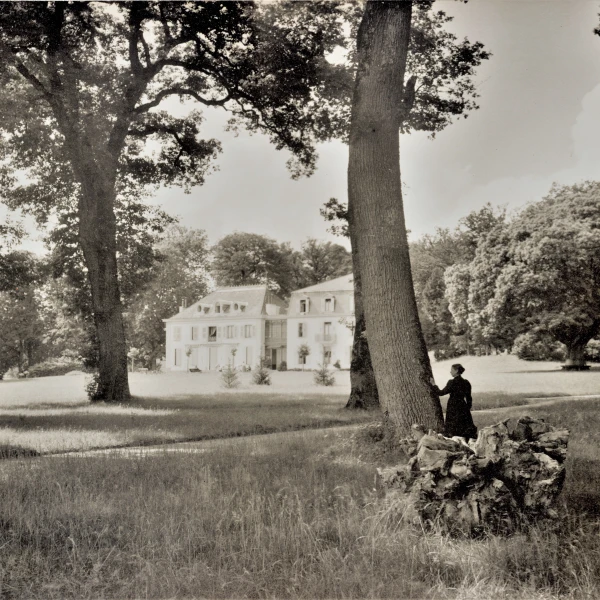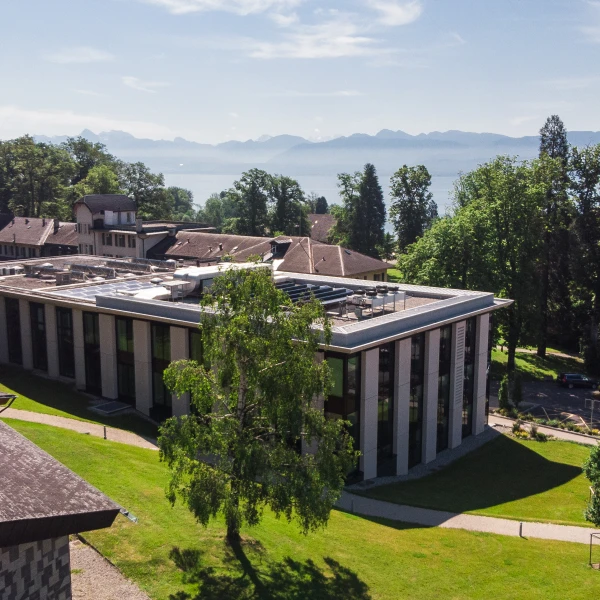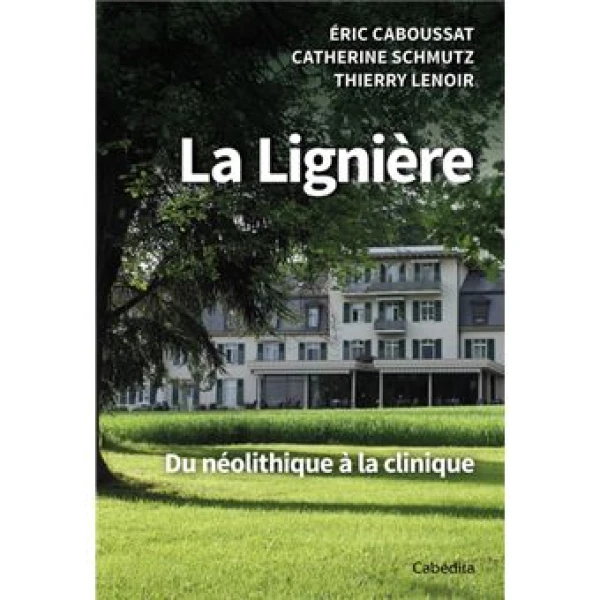An innovative therapeutic approach
In 1904, under the leadership of Dr. De Forest, a collaborator in the United States with Dr. Kellogg (inventor of the famous cereals), the domain was acquired by a Christian Adventist movement, pioneering in its comprehensive approach to health. It became a Health Institute known as Sanatorium du Léman. At that time, practices such as hydrotherapy, dietetics, and massages were already in use.
From its inception, La Lignière became recognized for its commitment to prioritizing health in its entirety—biological, psychological, social, and spiritual. Within a few months, a comprehensive project was established, including a health promotion center (healthcare institute, dietary product manufacturing, nursing school), an educational initiative (primary school, publishing house and printing press for spiritual, educational, and health literature), and a spiritual retreat center (chapel and theological school).





